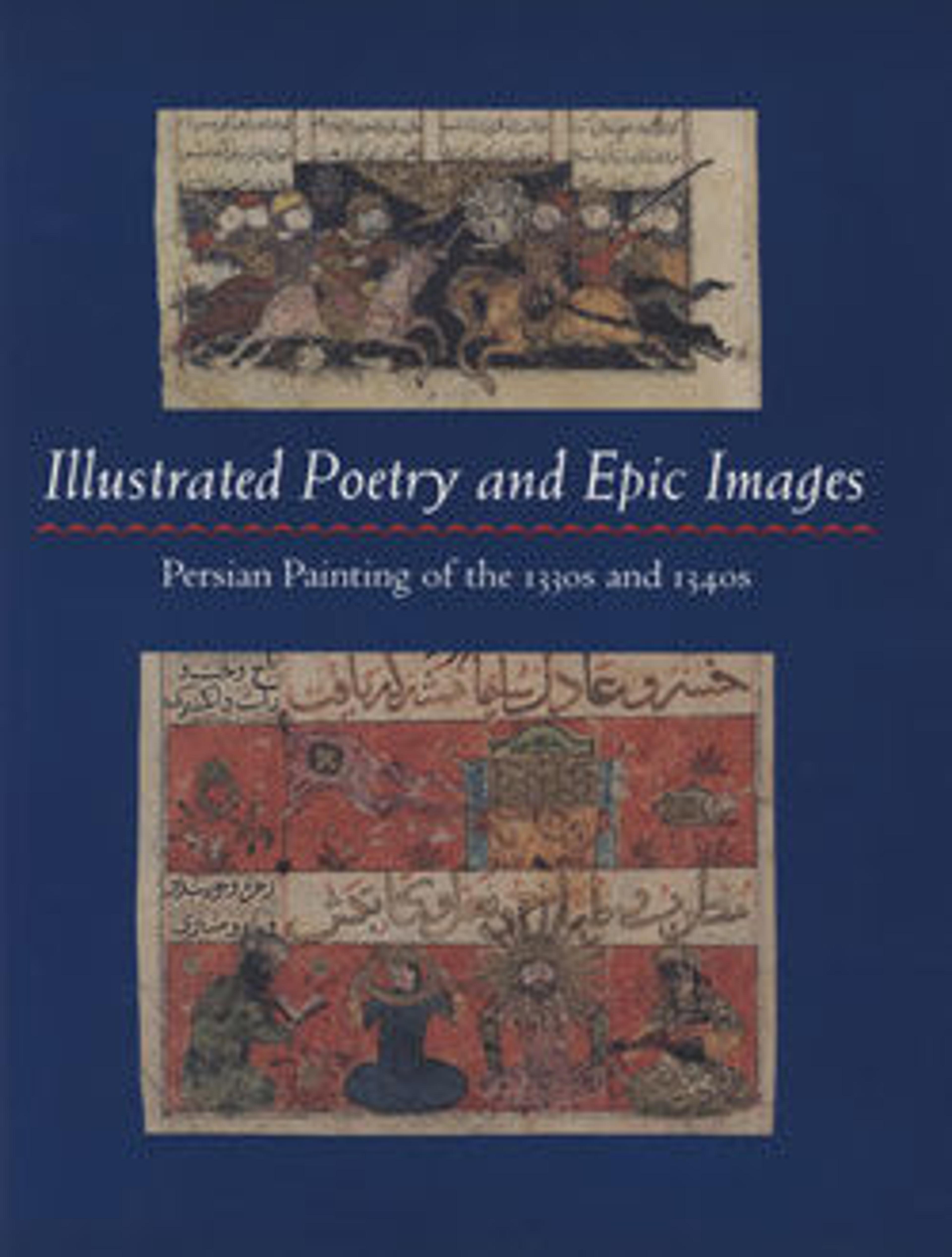"Kai Khusrau Wrestles with Shida", Folio from a Shahnama (Book of Kings)
A wrestling match was often the final phase of single combat encounters. In this case, the prince gambled that the reigning Shah of Iran would not risk the indignity of wrestling on foot. Kai Khusrau, however, thinking of the loss of Iranian warriors at the hands of Shida, felt compelled to dash him to the ground, ending his life. The two hind legs and tail of the horse at right were probably added by a later hand.
Artwork Details
- Title: "Kai Khusrau Wrestles with Shida", Folio from a Shahnama (Book of Kings)
- Author: Abu'l Qasim Firdausi (Iranian, Paj ca. 940/41–1020 Tus)
- Date: ca. 1330–40
- Geography: Attributed to Iran, probably Isfahan
- Medium: Ink, opaque watercolor, gold, and silver on paper
- Dimensions: Page:
H. 8 in. (20.3 cm)
W. 5 1/4 in. (13.3 cm)
Painting:
H. 1 7/8 in. (4.8 cm)
W. 4 1/4 in. (10.8 cm) - Classification: Codices
- Credit Line: Bequest of Monroe C. Gutman, 1974
- Object Number: 1974.290.16
- Curatorial Department: Islamic Art
More Artwork
Research Resources
The Met provides unparalleled resources for research and welcomes an international community of students and scholars. The Met's Open Access API is where creators and researchers can connect to the The Met collection. Open Access data and public domain images are available for unrestricted commercial and noncommercial use without permission or fee.
To request images under copyright and other restrictions, please use this Image Request form.
Feedback
We continue to research and examine historical and cultural context for objects in The Met collection. If you have comments or questions about this object record, please contact us using the form below. The Museum looks forward to receiving your comments.
